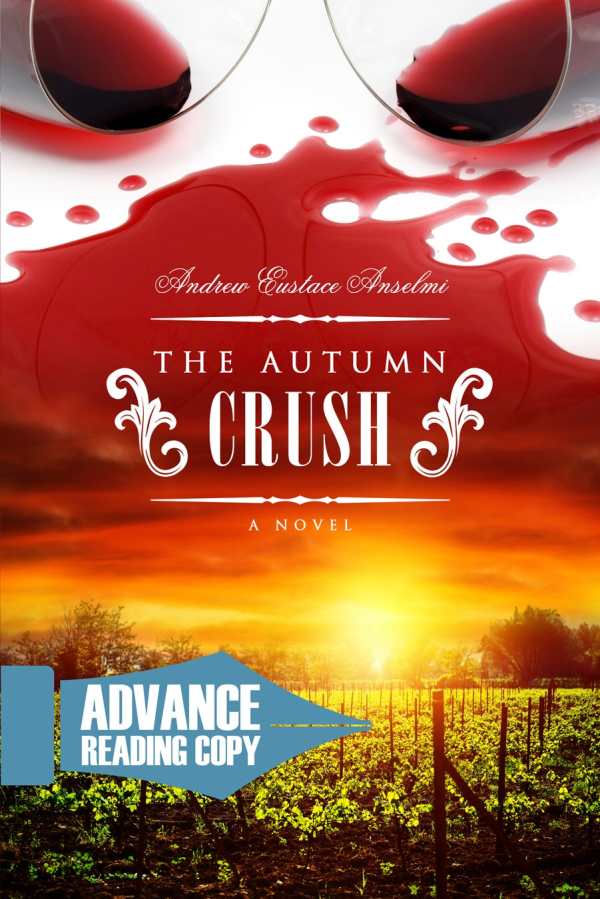
The Autumn Crush
The Autumn Crush offers a captivating glance at three generations bound by legacy.
In a dramatic novel exploring the cost of assimilation, Dante Di Benedetto and Adamo Petrozzini journey from the vineyards of Aquino, Italy, to Jersey City and New York. After Dante changes his surname to Bennett, his ambitions spiral to new heights. Author Andrew Eustace Anselmi examines grand themes of family, loyalty, wealth, and devotion in a promising plot that reveals the hardships and triumphs of twentieth-century immigrants. The Autumn Crush depicts a family tested by murder, and its pursuit of a seat among the elite.
Dante’s son, Guy, and Adamo’s son, Vito, collaborate as partners in their fathers’ business, once known as Aquino Construction. When Vito and his wife are murdered just as the company is threatened by a possible takeover, suspicion falls on Guy.
Secondary plots involve Guy’s children: Albert, a senator; Edward, a public defender; and Lisa Marie, the wife of Vito’s son. These threads, set during the 1980s, bookend a lengthy section on Dante’s past, which winds toward the story of how Aquino Construction began, and the present problem of Guy’s trial. The novel, however, is not framed as a mystery. The murder itself becomes a less-than-pivotal event, serving instead as a catalyst for Guy to reconsider his priorities.
Less momentous chapters set during the 1920s feature Dante and Adamo as main characters. Carefully chosen historical events—from the rising popularity of the crystal radio to a boxing match between Dempsey and Carpentier—convey Dante’s wonderment at America. Particularly thoughtful scenes show the widening gulf between Dante and Adamo as they pursue separate interests. Dante in particular emerges as a bold, direct, sometimes questionable, yet sharp figure, whose influence as the head of the family is felt long after his death.
The portrayal of an Italian family is sometimes larger than life. The elder Dante’s dialect is rendered with ample flourishes (“What a deeference between dis-a treep and when me and Adamo cumm-ma ov-a from de udder side”) in earlier chapters. The exaggerated spellings are dropped in chapters that take place during his youth, and later reappear briefly.
A theme on racism toward Japanese people complicates the relationship between Guy and his son Edward, whose girlfriend is Japanese, yet this thematic element isn’t developed to its full potential. Other plot developments, including a lucky break in the murder case and an eleventh-hour confession, seem to bring resolution too tidily. Despite such moments, the family saga presents a clear message of standing strong through adversity.
With greater care in character development—especially of a distant Petrozzini family member who remains a shadow until late in the novel—the idea of honoring past debts would resound. In its salient moments, The Autumn Crush offers a captivating glance at three generations bound by legacy.
Reviewed by
Karen Rigby
Disclosure: This article is not an endorsement, but a review. The publisher of this book provided free copies of the book and paid a small fee to have their book reviewed by a professional reviewer. Foreword Reviews and Clarion Reviews make no guarantee that the publisher will receive a positive review. Foreword Magazine, Inc. is disclosing this in accordance with the Federal Trade Commission’s 16 CFR, Part 255.
